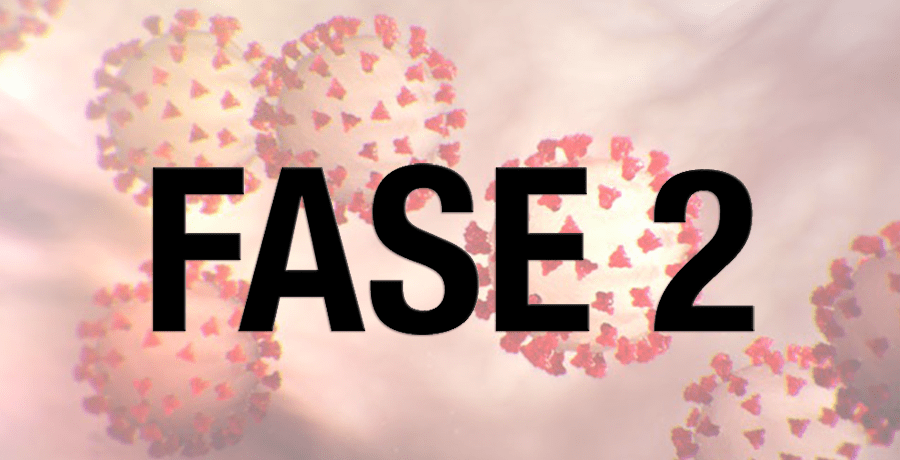The consultancy firm EY, crossing The resilience indicators of its Smart City Index (health, economic and social factors) with the data of the Covid-19 contagion, he analyzed how much the Italian capitals are ready to restart and face the post-emergency phase 2.
According to EY, more than 20% of the Italian capitals he won't be in a position to leave immediately, but he will have a lot of effort, because it does not have the infrastructure and technologies suitable for dealing with the complexity of the restart.
- Easy restart (low contagion/good resilience): these are the cities (mainly in the Center and in the South) where take advantage of restart is easier, because they have ready-made infrastructure and technologies, and can better control the few infections on their territory. Between these: Cagliari, Bari And Lecce, but also some medium-sized cities in the central-north, such as Siena, Pisa, Pordenone, Udine. Also ranked Cosenza, Perugia, Potenza, Livorno and Sassari;
- Slow restart (low contagion/poor resilience): are cities where the restart could happen very soon, given the low level of contagion, but more slowly, because their mobility and communication infrastructures are not of a high level and do not allow great performancestheoni. Many of the South: Caltanissetta, Caserta, Crotone, but also some from Central Italy such as Viterbo And The Eagle. Also ranked Prato, Rome, Naples, Catania and Palermo;
- Slow restart (high contagion/good resilience): these are the traditionally “smart” cities of the North, such as Milan, Bergamo, Brescia, Piacenza, etc., which, despite having very advanced mobility systems, TLC networks and sensor networks, appear brake when restarting by high levels of contagion (often correlated to high levels of hospitalization and shortage of general practitioners in the area). Also ranked Venice, Turin, Florence, Genoa, Parma, Bologna, Padua, Pavia and Trento;
- Critical restart (high contagion/low resilience): are the cities where the restart appears more critical, because alongside very high contagion situations, very low levels of resilience are combined (not very widespread public transport networks and low presence of car sharing, limited TLC coverage, few sensors in the area and lack of platforms and control centers where to collect data ). They are cities like Cremona, Lodi, Lecco, Alessandria, Verbania, rarely at the top of the classifications of Italian smart cities, where the levers of modern infrastructure and advanced technologies seem to be lacking to be able to recover promptly. Also ranked Savona, Bolzano, Forlì, Varese, Belluno, Ancona and Como.
